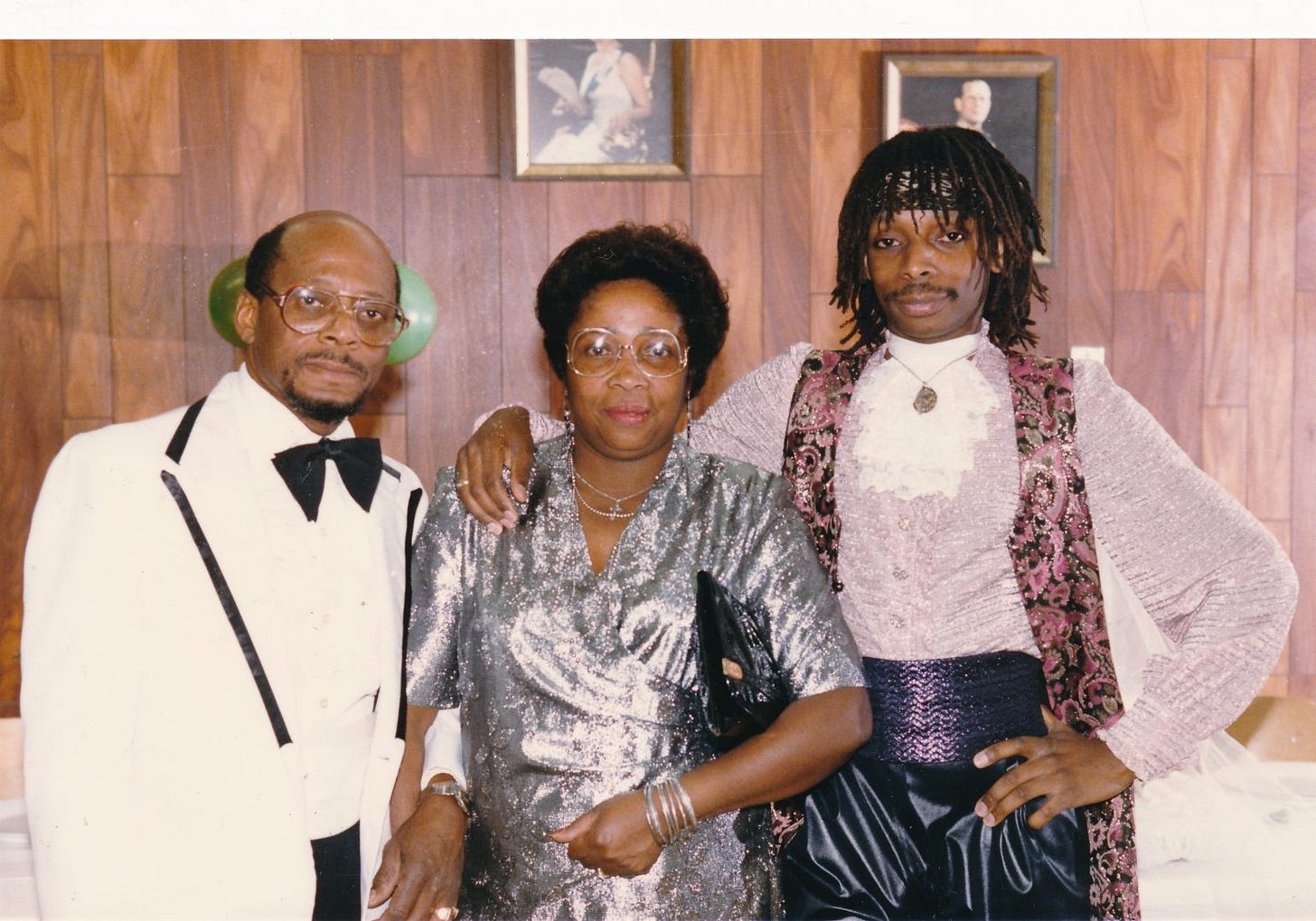Rebels only.
A vibe-check for FRD (prior to Election Night), welcoming Kai and sharing rebellious fashion histories.
Hello everyone,
I write this letter to you on the eve of the most consequential Election Night of our lifetime. As an American who moved from New York to Canada at the end of last year, I sent off my ballot (early) and hoped for the best. I watched the presidential debates, and I watched the president bemoan the implementation of diversity and inclusion workshops in the workplace and vocalize with his full chest that systemic racism is a hoax – not only that, he stated that academic fields like critical race theory pose a threat to American education, as it is “unpatriotic.”
As I reflect on the events that have transpired in the past 6 months (this global “racial reckoning”), I’ve made peace with that fact that, in the eyes of my nation’s current administration, our research may be considered illicit in the future. Whoever wins this election tomorrow, this work will not be easy going forward (although it never really was), and as A.O.C. told us, “we’re not going back to brunch.”
On a lighter note, we’ve got a new generation of thinkers over here at the database…
This past month we have welcomed our second research cohort. This week, I’d like to introduce you to Kai (they/them):

Kai Marcel is an aspiring cultural and fashion historian. Their work centers the body politics of beauty, clothing, identity, glamour and style and their interactions with the meaning-making functions of the fashion system. Their work also attempts to decolonize exclusionary historical discourses by centering the histories of queer and Black peoples who have been systematically obscured from collective memory. Kai is a recent graduate of Sarah Lawrence College, where they received a BA in Art History and the Cultural History of Dress and Fashion.
From the Library: Youth Culture and the Zoot Suit
Speaking of illicit fashion, this week, our new Researcher Laura Beltrán-Rubio calls our attention to the history and legacy of the zoot suit:
At the face of growing police violence and discrimination in the 1940s, the zoot suit became a symbol of resistance among Mexican Americans and African Americans. This unique style offered young men and women a tool to navigate their own processes of identity construction as a negotiation between white middle-class norms and the expectations of their own communities.
Laura’s selections from the database:
1. Defining Moments: The Zoot Suit Riots by Kevin Hillstrom (Book)
2. The Power of the Zoot: Youth Culture and Resistance during World War II by Luis Alvarez (Book)
3. Zoot Suit: The Enigmatic Career of an Extreme Style by Kathy Peiss (Book)
4. The Woman in the Zoot Suit: Gender, Nationalism, and the Cultural Politics of Memory by Catherine S. Ramírez (Book)
5. ‘Zoot Suits’ by Victoria Pass (Lecture)

Photo: “Mexican American youths detained for questioning,” ca. 1942. Los Angeles Daily News, UCLA Digital Collections. digital2.library.ucla.edu

Photo: “Cab Calloway in zoot suit, performing on stage,” ca. 1930–50, New York Public Library, Schomburg Center for Research in Black Culture, Photographs and Prints Division. digitalcollections.nypl.org
Our Library provides an ever-expanding collection of resources on ‘race,’ with its ideological and aesthetic influence shaping both history and our modern lives.
Our Fashion History: ‘Vintage Black Canada’ by Aaron Francis (contributor)
I’m excited to share with you one of our guest contributor pieces, but first I’d like to offer a bit of context. ‘Our Fashion History’ is a new sub-section that will live under the ‘Essays & Opinion’ section on our database. The title comes from an activity that I would facilitate both in my fashion history classes and during my ‘Fashion and Justice’ workshops with Dr. Jonathan M. Square. Essentially, ‘Our Fashion History’ invites contributors to present a short essay that describes 3-5 family/personal photos, ultimately bringing a diverse perspective to the narrative of fashion history.
Artist and curator Aaron Francis provided our very first piece for the section, which was an honor, as Aaron is well-versed in sharing under-represented histories. Here’s an excerpt from the piece that Aaron wrote, introducing us to his fashionable and fearless Uncle Errol:
As children, people generally don’t care what others think of them but as we mature in life we are all taught to conform, and none more so than immigrants in the so-called melting-pot-mosaic. For Errol, a Black immigrant from Jamaica by way of England to a predominantly German Kitchener-Waterloo, Ontario, Canada – a sense of belonging wasn’t necessarily forthcoming.
Under those circumstances, social pressure would lead many to simply blend in. The photos I’ve shared show an individual who from an early age did the very opposite, and instead followed his heart in fashion, music and art.

Photo: Uncle Errol celebrating the Silver Anniversary of his parents, Roy and Muriel Francis.
We invite you to view all of the photos and learn more about Uncle Errol at ‘Vintage Black Canada’ on the database.
Directory Spotlight: ‘Documenting the Nameplate’
The discourse on fashion and race threads through a vast network of like-minded endeavors not too unlike our own, so this section catalogues and showcases other sources of information and inspiration that we hope you will appreciate. Media Editor Daniela Hernandez has been hand-picking some of the gems from our Directory, and this week it is the project, ‘Documenting the Nameplate’:
Documenting the Nameplate is a project celebrating nameplate jewelry culture. Our project aims to foreground plurality and nonlinear history-making, and we are hoping to access as wide-ranging of a submission base as possible.

That’s it for this week. Stay safe and take good care.
Yours in service and solidarity,
Kim Jenkins
Founder, The Fashion and Race Database



